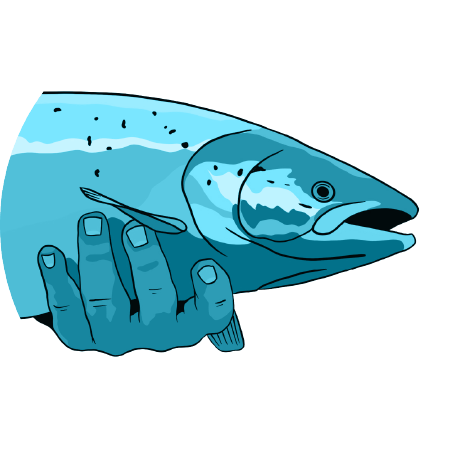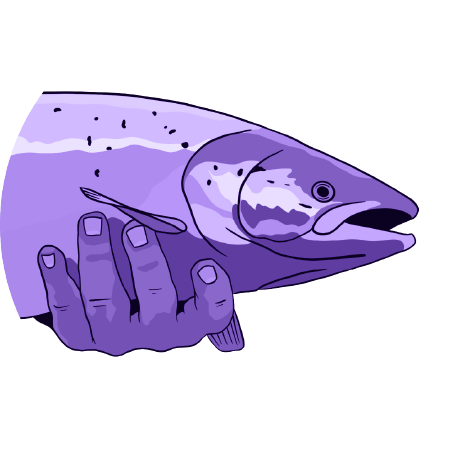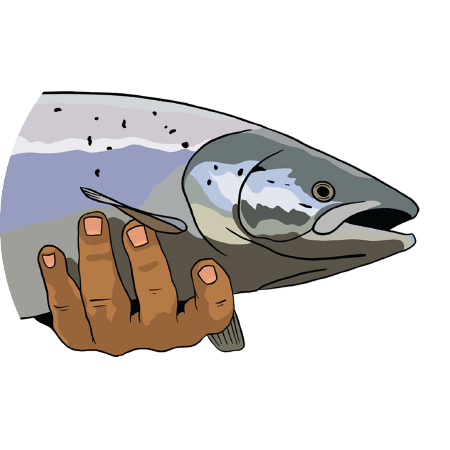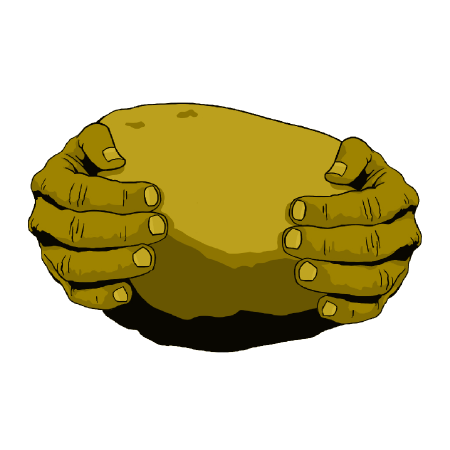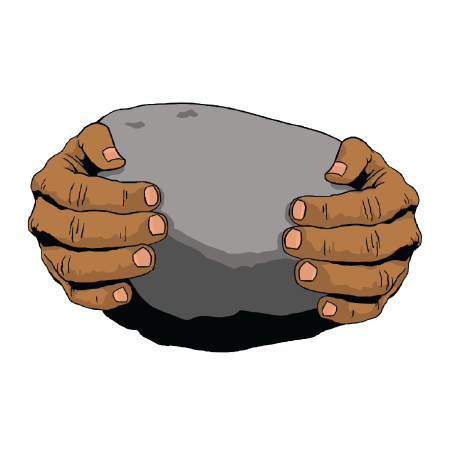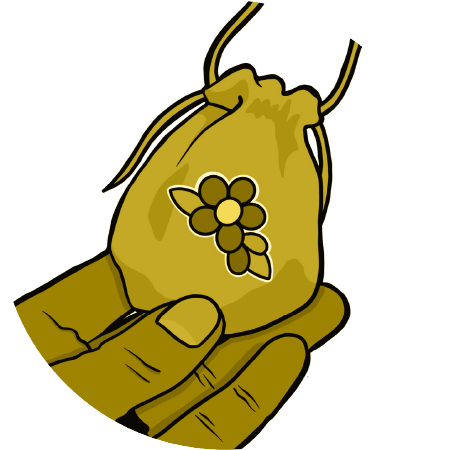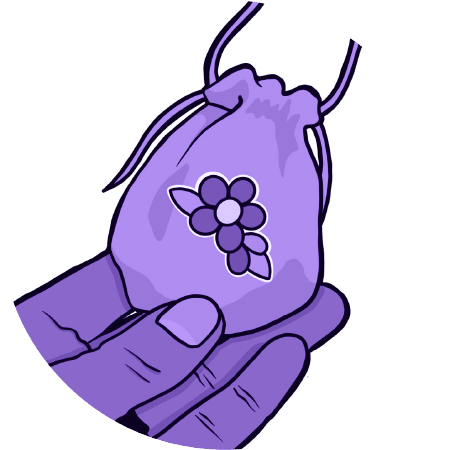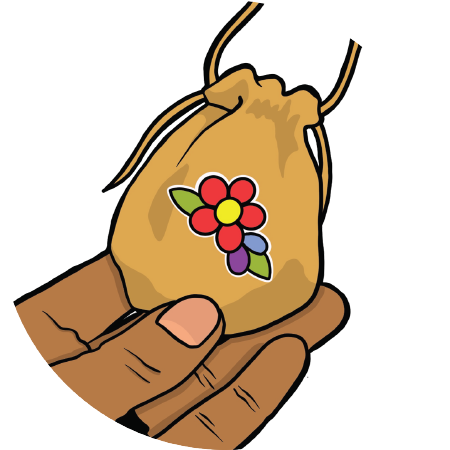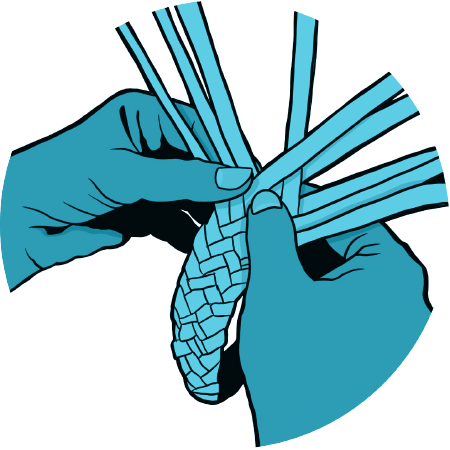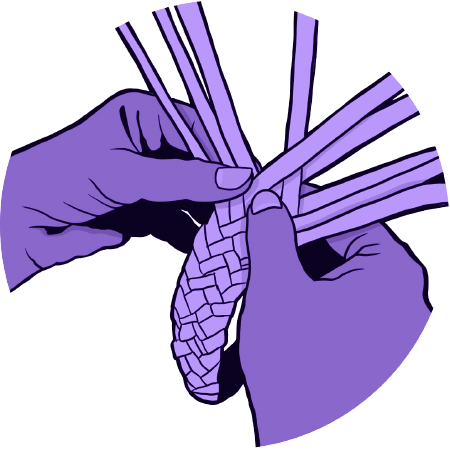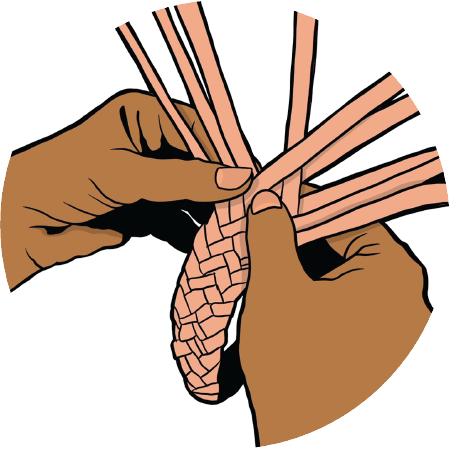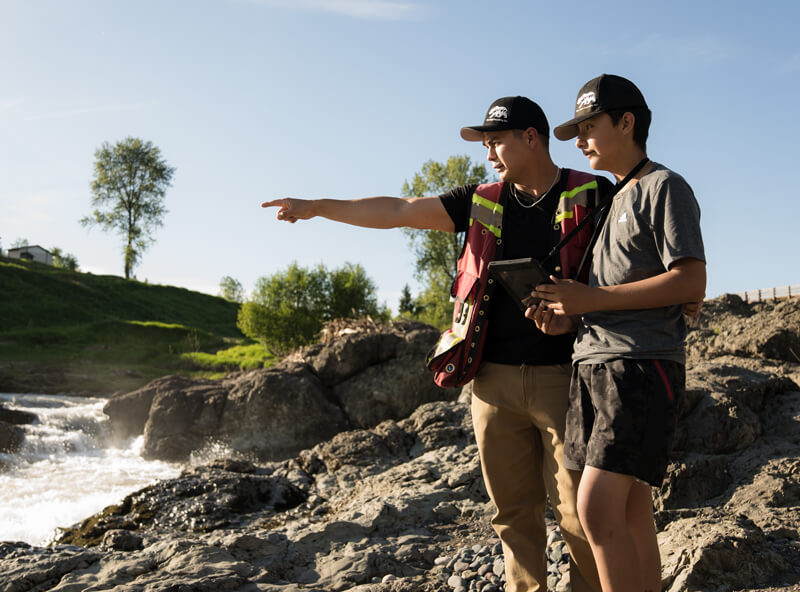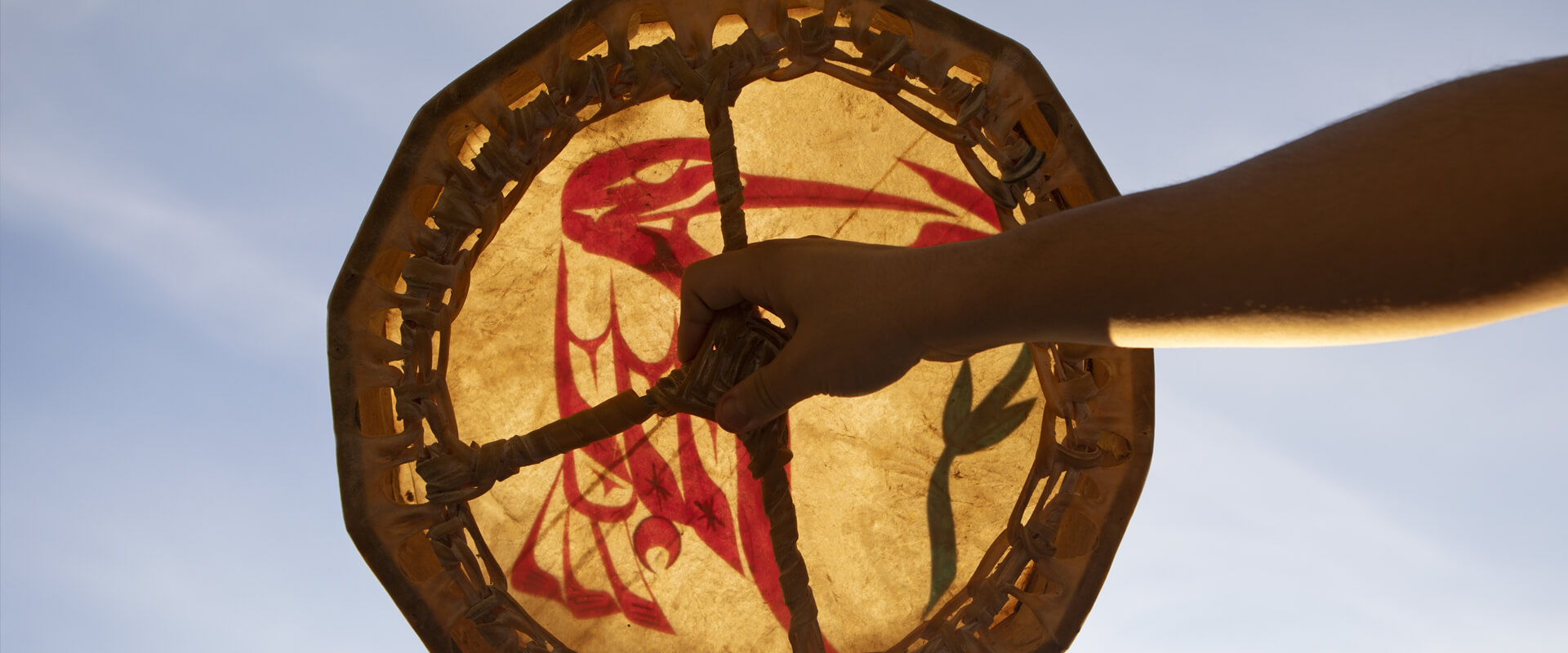
Title and Rights of Indigenous Peoples
Indigenous Peoples exercise and have full enjoyment of their inherent rights, including the rights of First Nations to own, use, develop and control lands and resources within their territories in B.C.
Actions at a glance
The following information are headings used as visual labels for the information in rows below. There are seven labels associated with the seven columns in each row. The fist column is ‘Action’ – which is given as a number and if there is more detailed information provided this number will link to the details page for the specific action. The second is ‘Year’ – in which the associated action was started. And the third is ‘Description’ which contains the summary of the action and the associated B.C. government ministry or ministries. The last four columns are for the status of the action and are shown visually in the rows as icons but have their related status labeled for assistive technologies.
Action
Description
How far along is this work?
How complicated is this work?
Are there challenges?
How are we working together?
-
-
-
-
2.04
2.04
Ministry of Indigenous Relations and Reconciliation; Ministry of Water, Land and Resource Stewardship
-
-
2.06
2.06
Ministry of Water, Land and Resource Stewardship; Ministry of Indigenous Relations and Reconciliation; Ministry of Environment and Parks; Ministry of Forests; Ministry of Energy and Climate Solutions; BC Energy Regulator
-
-
-
-
-
-
-
-
-
Description
How far along
is this work?How complicated
is this work?Are there
challenges?How are we
working together? -
Description
How far along
is this work?How complicated
is this work?Are there
challenges?How are we
working together? -
Description
How far along
is this work?How complicated
is this work?Are there
challenges?How are we
working together? -
Year
Ministry
Ministry of Indigenous Relations and Reconciliation; Ministry of Water, Land and Resource Stewardship
Description
How far along
is this work?How complicated
is this work?Are there
challenges?How are we
working together? -
Description
How far along
is this work?How complicated
is this work?Are there
challenges?How are we
working together? -
Year
Ministry
Ministry of Water, Land and Resource Stewardship; Ministry of Indigenous Relations and Reconciliation; Ministry of Environment and Parks; Ministry of Forests; Ministry of Energy and Climate Solutions; BC Energy Regulator
Description
How far along
is this work?How complicated
is this work?Are there
challenges?How are we
working together? -
Description
How far along
is this work?How complicated
is this work?Are there
challenges?How are we
working together? -
Description
How far along
is this work?How complicated
is this work?Are there
challenges?How are we
working together? -
Description
How far along
is this work?How complicated
is this work?Are there
challenges?How are we
working together? -
Description
How far along
is this work?How complicated
is this work?Are there
challenges?How are we
working together? -
Year
Ministry
Ministry of Forests; Ministry of Emergency Management and Climate Readiness
Description
How far along
is this work?How complicated
is this work?Are there
challenges?How are we
working together? -
Description
How far along
is this work?How complicated
is this work?Are there
challenges?How are we
working together? -
Description
How far along
is this work?How complicated
is this work?Are there
challenges?How are we
working together? -
Description
How far along
is this work?How complicated
is this work?Are there
challenges?How are we
working together?


